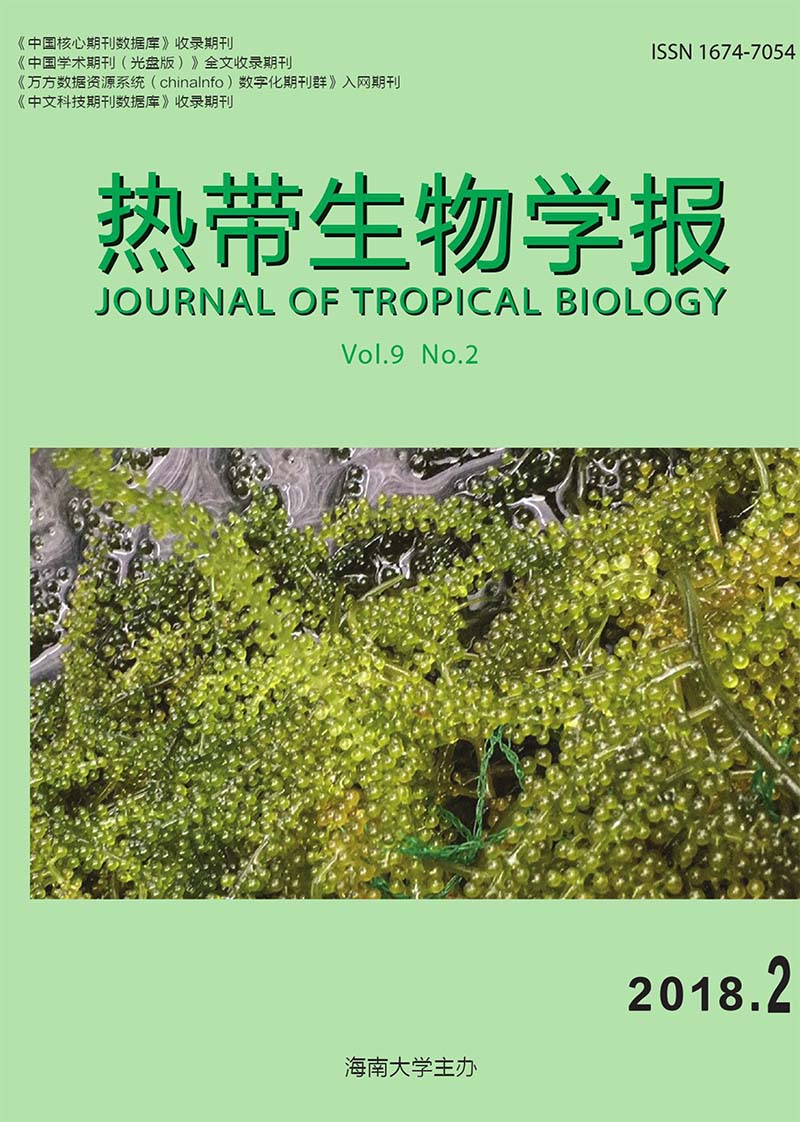Identification and Field Fungicide Efficacy Test of Gray Leaf Spot Disease on Sweet Pepper Caused by Stemphylium lycopersici in Hainan Province
doi: 10.15886/j.cnki.rdswxb.2018.02.012
- Received Date: 2017-11-29
- Rev Recd Date: 2017-12-15
-
Key words:
- sweet pepper /
- fungal disease /
- fungicide
Abstract: In recent years gray leaf spot disease occurred seriously on sweet pepper in Hainan,and mainly infected leaves which were covered with gray perforated lesions,giving serious impact on the quality and yield of sweet pepper. Pathogens were isolated from the leaf tissue of the sweet pepper infected with the gray leaf spot,and identified as Stemphylium lycopersici based on their morphology and r DNA ITS sequence. A field trial was conducted to control the gray leaf spot disease by using 4 fungicides,i. e. difenoconazole fluxapyroxad,trifloxystrobin fluopyram,tetramycin and difenoconazole. The results showed that 2 fungicides,12% difenoconazole fluxapyroxad SC( Jiangong) and 42. 8% Trifloxystrobin fluopyram SC( Lunaseng),had a good effect on the control of the gray leaf spot on sweet pepper in the field,with their respective controlling effect of 77. 51% and 75. 01% at day 14. The controlling effect of 10% difenoconazole WG(Shigao) was slightly lower,only 27. 51%.
| Citation: | Huang Wenfeng, Wang Min, Hu Yan ping, Ma Fu ning, Guo Gang. Identification and Field Fungicide Efficacy Test of Gray Leaf Spot Disease on Sweet Pepper Caused by Stemphylium lycopersici in Hainan Province[J]. Journal of Tropical Biology, 2018, 9(2): 203-206. doi: 10.15886/j.cnki.rdswxb.2018.02.012 |






 DownLoad:
DownLoad: